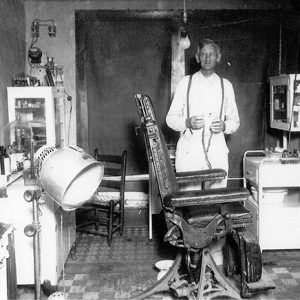 Dr. O. S. Woods
Dr. O. S. Woods
Entry Type: Place
 Dr. O. S. Woods
Dr. O. S. Woods
Woodson (Pulaski County)
Woolly Hollow State Park
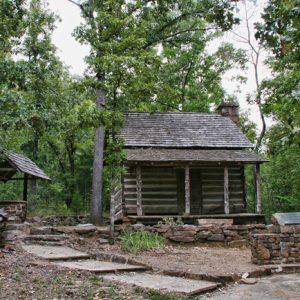 Woolly Cabin
Woolly Cabin
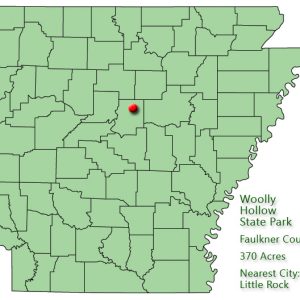 Woolly Hollow State Park: Park Location
Woolly Hollow State Park: Park Location
Woolsey Farmstead Cemetery
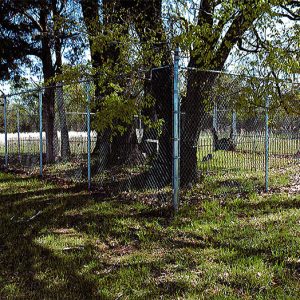 Woolsey Farmstead Cemetery
Woolsey Farmstead Cemetery
 Woolsey Farmstead Cemetery Detail
Woolsey Farmstead Cemetery Detail
 Woolsey Farmstead Cemetery Entrance
Woolsey Farmstead Cemetery Entrance
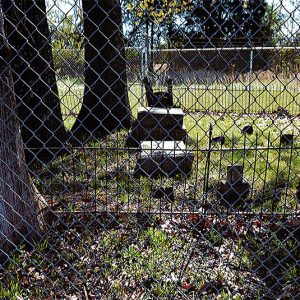 Woolsey Farmstead Cemetery Gravestones
Woolsey Farmstead Cemetery Gravestones
Wooster (Faulkner County)
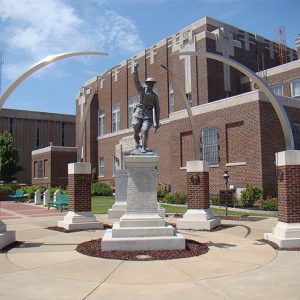 World War I Memorial
World War I Memorial
World War II Prisoner of War Camps
aka: Prisoner of War Camps (World War II)
aka: Prisoners of War Camps (World War II)
aka: POW Camps (World War II)
 Worthen Bank
Worthen Bank
 Worthen Building
Worthen Building
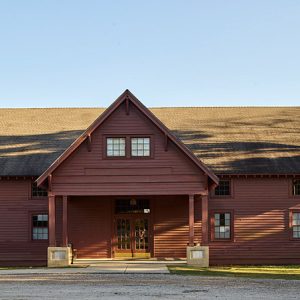 WPA Gymnasium
WPA Gymnasium
 WPA Plaque
WPA Plaque
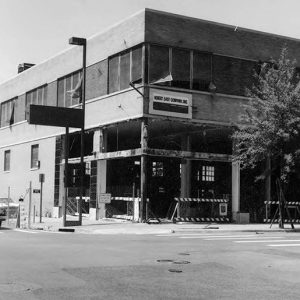 Wrape Building
Wrape Building
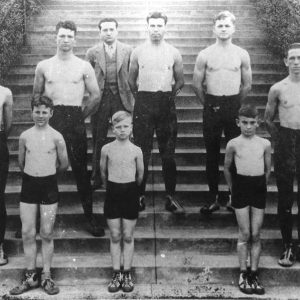 Wrestlers at School for the Deaf
Wrestlers at School for the Deaf
Wrightsville (Pulaski County)
 Writers' Colony
Writers' Colony
Writers’ Colony at Dairy Hollow
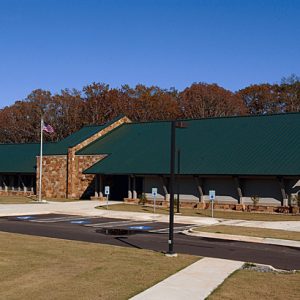 WRNWR Visitors Center
WRNWR Visitors Center
 WWII Nazi Memorabilia Display
WWII Nazi Memorabilia Display
Wyandotte (Hot Spring County)
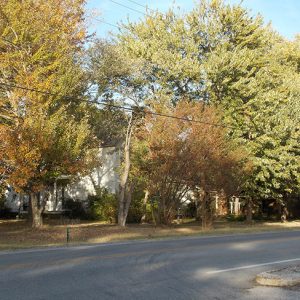 Wyatt House
Wyatt House
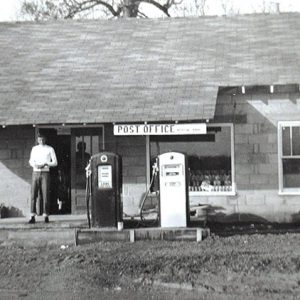 Wyatt Store
Wyatt Store
 Wyatt Store
Wyatt Store
 Dr. Will Wyatt's Office
Dr. Will Wyatt's Office
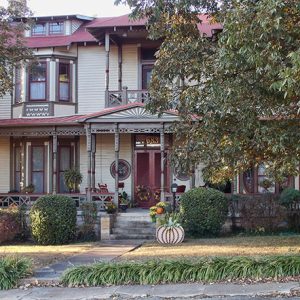 Wycough-Jones House
Wycough-Jones House
Wynne (Cross County)
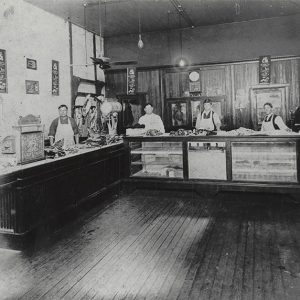 Wynne Butcher
Wynne Butcher
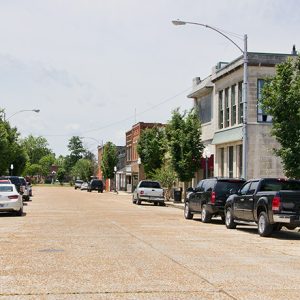 Wynne Historic District
Wynne Historic District
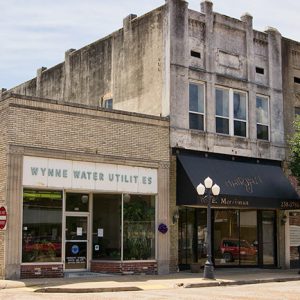 Wynne Municipal Waterworks
Wynne Municipal Waterworks
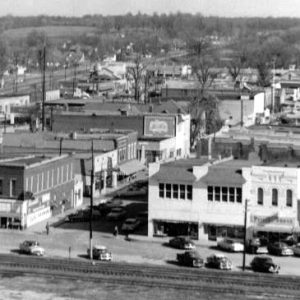 Wynne Street Scene
Wynne Street Scene
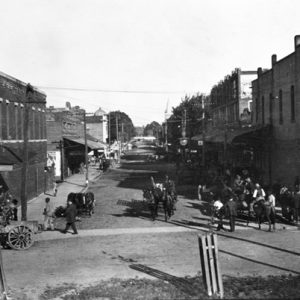 Wynne Street Scene
Wynne Street Scene
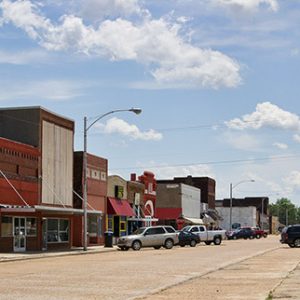 Wynne Street Scene
Wynne Street Scene
 Wynne Street Scene
Wynne Street Scene
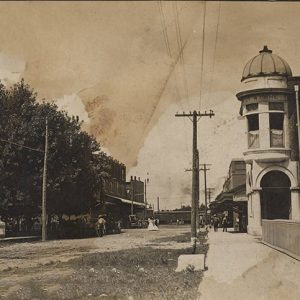 Wynne Street Scene
Wynne Street Scene
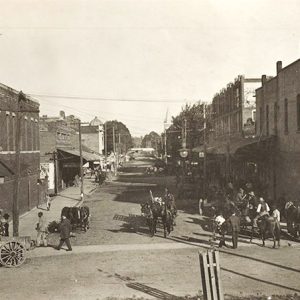 Wynne Street Scene
Wynne Street Scene
Wynne Wholesale Commercial Historic District
Y City (Scott County)
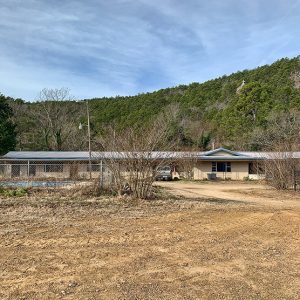 Y City Mountain Inn Motel
Y City Mountain Inn Motel
Yale Camp
 Yale Camp Cook
Yale Camp Cook
 Yale Camp Dining Room
Yale Camp Dining Room
Yancopin (Desha County)
 Yarnell Ice Cream Company
Yarnell Ice Cream Company
 Yarnell Packaging
Yarnell Packaging
 Yarnell Ice Cream Company
Yarnell Ice Cream Company




